Ali Aghagolzadeh
Accuracy Amplification in Differentially Private Logistic Regression: A Pre-Training Approach
Jul 25, 2023Abstract:Machine learning (ML) models can memorize training datasets. As a result, training ML models over private datasets can violate the privacy of individuals. Differential privacy (DP) is a rigorous privacy notion to preserve the privacy of underlying training datasets in ML models. Yet, training ML models in a DP framework usually degrades the accuracy of ML models. This paper aims to boost the accuracy of a DP-ML model, specifically a logistic regression model, via a pre-training module. In more detail, we initially pre-train our model on a public training dataset that there is no privacy concern about it. Then, we fine-tune our model via the DP logistic regression with the private dataset. In the numerical results, we show that adding a pre-training module significantly improves the accuracy of the DP logistic regression.
Multi-focus image fusion using VOL and EOL in DCT domain
Oct 24, 2017

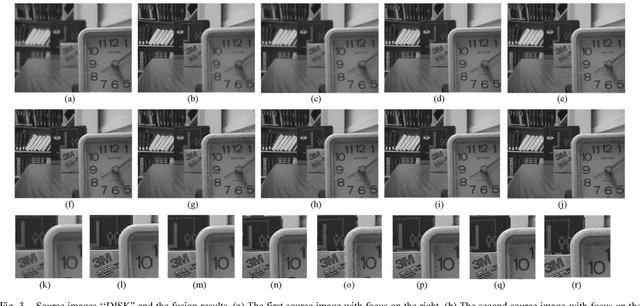
Abstract:The purpose of multi-focus image fusion is gathering the essential information and the focused parts from the input multi-focus images into a single image. These multi-focused images are captured with different depths of focus of cameras. Multi-focus image fusion is very time-saving and appropriate in discrete cosine transform (DCT) domain, especially when JPEG images are used in visual sensor networks (VSN). The previous works in DCT domain have some errors in selection of the suitable divided blocks according to their criterion for measurement of the block contrast. In this paper, we used variance of Laplacian (VOL) and energy of Laplacian (EOL) as criterion to measure the contrast of image. Also in this paper, the EOL and VOL calculations directly in DCT domain are prepared using vector processing. We developed four matrices which calculate the Laplacian of block easily in DCT domain. Our works greatly reduce error due to unsuitable block selection. The results of the proposed algorithms are compared with the previous algorithms in order to demonstrate the superiority of the output image quality in the proposed methods. The several JPEG multi-focus images are used in experiments and their fused image by our proposed methods and the other algorithms are compared with different measurement criteria.
Block DCT filtering using vector processing
Oct 19, 2017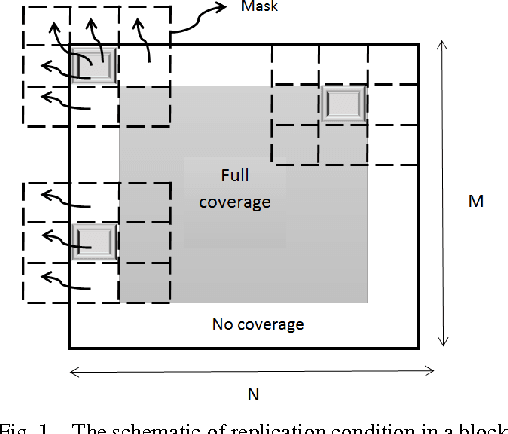
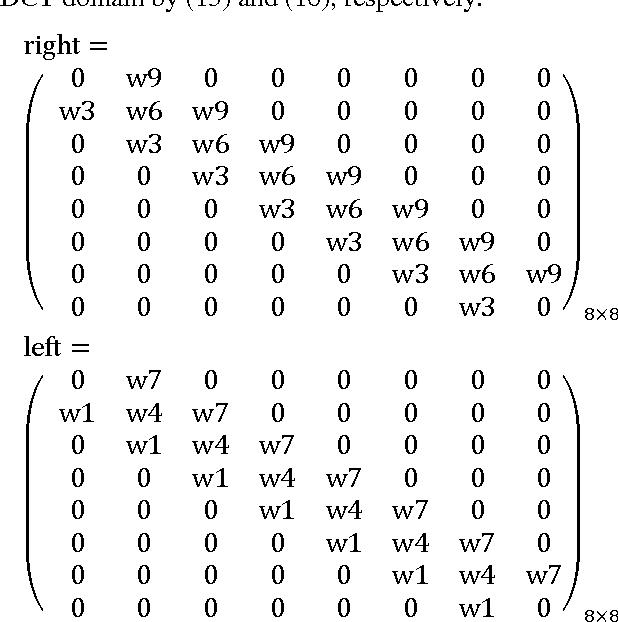
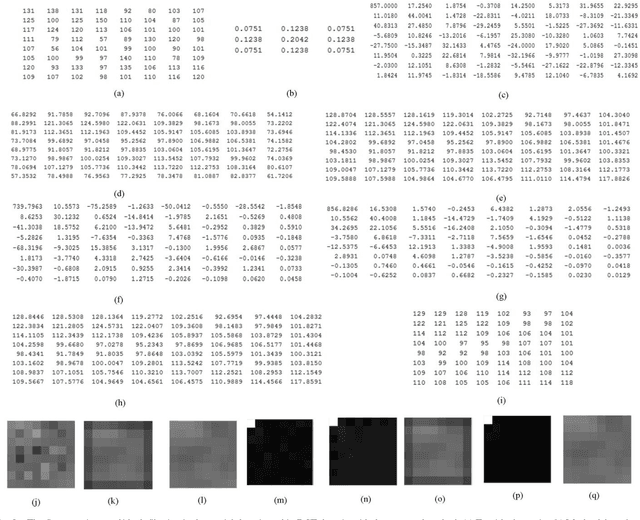
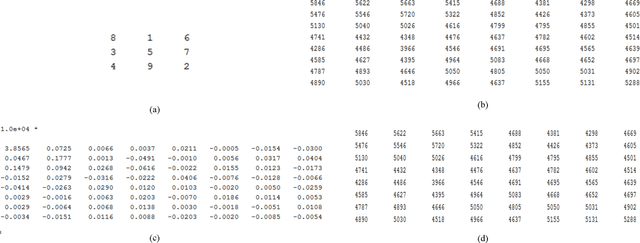
Abstract:Filtering is an important issue in signals and images processing. Many images and videos are compressed using discrete cosine transform (DCT). For reducing the computation complexity, we are interested in filtering block and images directly in DCT domain. This article proposed an efficient and yet very simple filtering method directly in DCT domain for any symmetric, asymmetric, separable, inseparable and one or two dimensional filter. The proposed method is achieved by mathematical relations using vector processing for image filtering which it is equivalent to the spatial domain zero padding filtering. Also to avoid the zero padding artifacts around the edge of the block, we prepare preliminary matrices in DCT domain by implementation elements of selected mask which satisfies border replication for a block in the spatial domain. To evaluate the performance of the proposed algorithm, we compared the spatial domain filtering results with the results of the proposed method in DCT domain. The experiments show that the results of our proposed method in DCT are exactly the same as the spatial domain filtering.
Mixed Gaussian-Impulse Noise Removal from Highly Corrupted Images via Adaptive Local and Nonlocal Statistical Priors
Dec 27, 2015



Abstract:The motivation of this paper is to introduce a novel framework for the restoration of images corrupted by mixed Gaussian-impulse noise. To this aim, first, an adaptive curvelet thresholding criterion is proposed which tries to adaptively remove the perturbations appeared during denoising process. Then, a new statistical regularization term, called joint adaptive statistical prior (JASP), is established which enforces both the local and nonlocal statistical consistencies, simultaneously, in a unified manner. Furthermore, a novel technique for mixed Gaussian plus impulse noise removal using JASP in a variational scheme is developed--we refer to it as De-JASP. To efficiently solve the above variational scheme, an efficient alternating minimization algorithm based on split Bregman iterative framework is developed. Extensive experimental results manifest the effectiveness of the proposed method comparing with the current state-of-the-art methods in mixed Gaussian-impulse noise removal.
 Add to Chrome
Add to Chrome Add to Firefox
Add to Firefox Add to Edge
Add to Edge